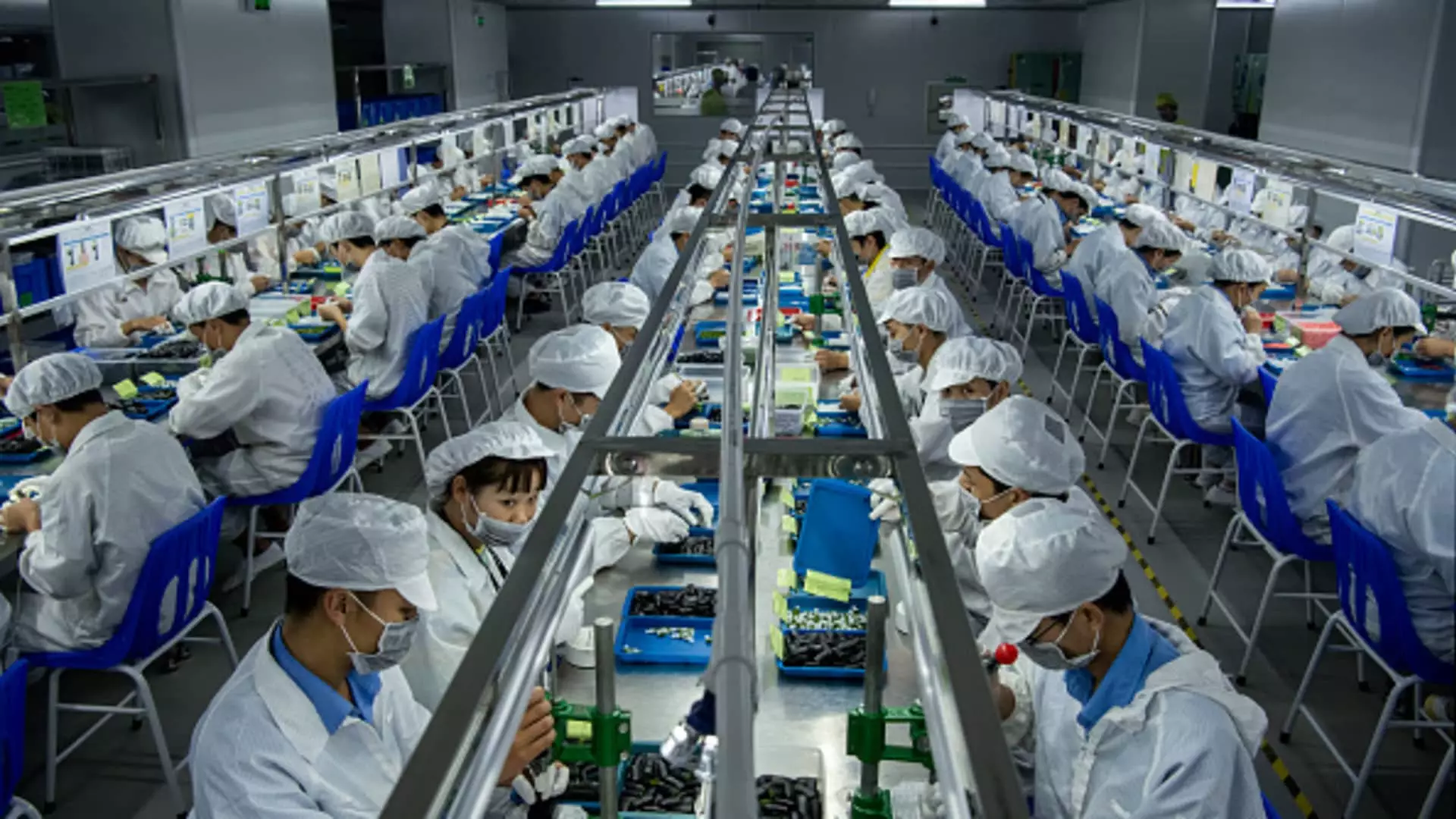China’s economic indicators for the month of August have provided a mixed picture of the country’s recovery from the pandemic. Retail sales surprised analysts by growing by 4.6% compared to the previous year, exceeding the forecasted 3% growth. This positive sign suggests that consumer spending is slowly picking up. However, fixed asset investment only grew by 3.2% year-on-year in August, missing expectations for a 3.3% increase. It seems that the real estate slump and a slowdown in infrastructure investment contributed to this disappointing result.
Industrial Production Outperforms Expectations
In a more optimistic turn, China’s industrial production grew by 4.5% in August compared to the previous year, surpassing the forecasted 3.9% growth. This indicates a potential rebound in manufacturing activity. Although the growth rate is still lower than desired, it shows improvement from the 3.7% increase reported in July. The overall increase in industrial production can be seen as a positive sign of economic recovery.
The urban unemployment rate in China’s cities remained relatively unchanged at 5.2%, according to the latest statistics. However, it is worth noting that the National Bureau of Statistics did not report the jobless rate for young people aged 16 to 24. The bureau stated last month that it would reassess its methodology for calculating this particular unemployment rate. While the steady overall unemployment rate suggests stability, the lack of data for young people may indicate a less optimistic scenario for this demographic group.
Challenges in the External Environment
China’s economic recovery, while showing signs of improvement, still faces uncertainties and instability from external factors. The statistics bureau’s release mentioned that the national economy had made solid progress and accumulated positive factors. However, it also emphasized that many unstable and uncertain elements in the external environment remain. These factors could potentially hinder the country’s path to a full recovery from the pandemic.
To bolster the economy, the People’s Bank of China has implemented measures to support the real estate market and consumption. One such measure is a 25 basis points cut in the reserve requirement ratio for banks, effective from Friday. This is the second reserve requirement ratio cut this year, following one in March. Additionally, the foreign exchange reserve requirement ratio for financial institutions has been reduced from 6% to 4%. These measures aim to maintain loose monetary policy compared to the U.S. and Europe, which have seen more aggressive rate hikes.
Moody’s Downgrade and Consumer Spending
Despite the government’s efforts to support the property sector, Moody’s has downgraded its outlook on China’s property sector to negative from stable. The firm predicts a decline in property sales by around 5% over the next six to 12 months. This downgrade reflects uncertainty surrounding future income and its impact on consumer spending. With income uncertainty still prevalent, consumer spending remains relatively muted in China.
Conclusion: A Hesitant Economic Rebound
While certain sectors of China’s economy, like retail sales and industrial production, have shown signs of improvement, others, such as fixed asset investment and the property sector, continue to face challenges. The Chinese government’s measures to stimulate the economy may provide some support, but uncertainties in the external environment and income uncertainty among consumers remain significant obstacles. As China navigates a hesitant economic rebound, it must carefully assess and address these challenges to ensure a sustained and robust recovery.


Leave a Reply